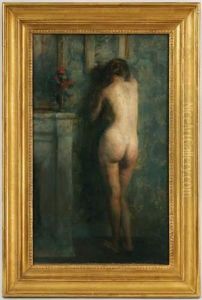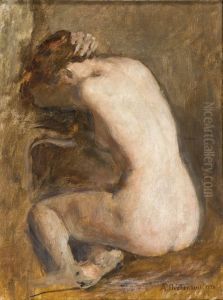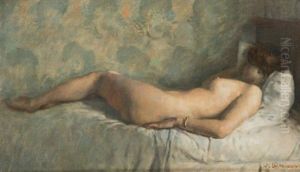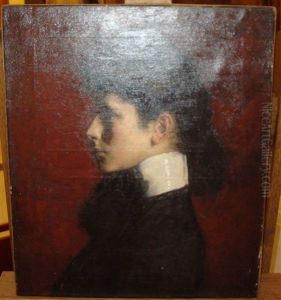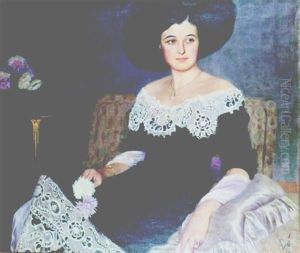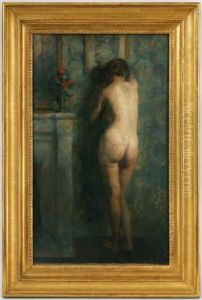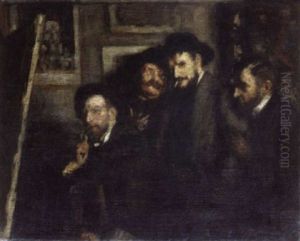Adolphe Dechenaud Paintings
Adolphe Dechenaud was a French painter and illustrator born on October 2, 1868, in the commune of Colombes, near Paris, France. He was recognized for his portraits, historical scenes, and genre paintings, often depicting elegant figures and interiors in a style that reflected the academic traditions of the late 19th century, while also incorporating elements of the emerging modernist movements.
Dechenaud studied at the École des Beaux-Arts in Paris under the tutelage of prominent artists such as Alexandre Cabanel and Fernand Cormon. These teachers were influential in the academic art world, and their focus on classical techniques and subjects had a lasting impact on Dechenaud's style and approach to painting.
Throughout his career, Dechenaud exhibited his work at the Salon des Artistes Français, a highly prestigious venue for artists of the time. He received several awards for his work, including a third-class medal in 1894, a second-class medal in 1899, and a silver medal at the Exposition Universelle in 1900, which was a world's fair held in Paris to celebrate the achievements of the past century and to accelerate development into the next.
Dechenaud's artwork often captured the essence of French society during the Belle Époque, a period characterized by optimism, regional peace, economic prosperity, and technological and cultural innovations. His paintings are notable for their refined elegance, attention to detail, and the use of rich, harmonious colors.
Adolphe Dechenaud's contributions to art were not limited to his own creations; he also held a teaching position, imparting his knowledge and techniques to the next generation of artists. Despite his adherence to academic traditions, he showed an awareness of the contemporary artistic movements that were unfolding around him, such as Impressionism and Post-Impressionism, which may have subtly influenced his work.
Dechenaud's legacy is preserved in the collections of various museums and galleries, though he is not as widely known today as some of his contemporaries. He passed away on February 6, 1926, in Paris. His work remains a testament to the academic art traditions of France at the turn of the 20th century and offers a glimpse into the social fabric and aesthetic preferences of his time.
